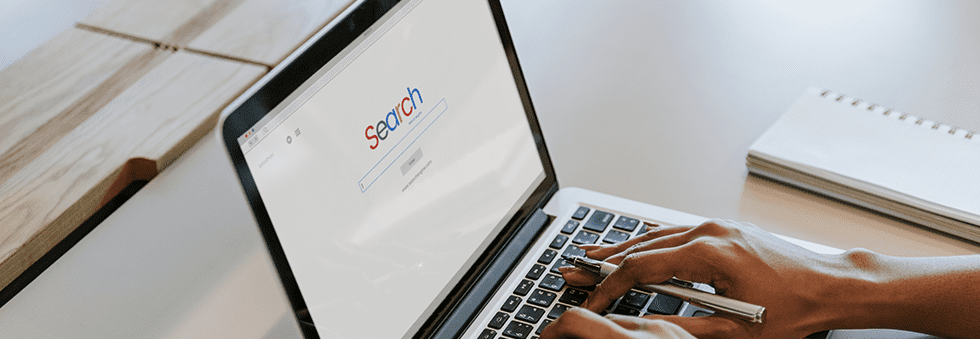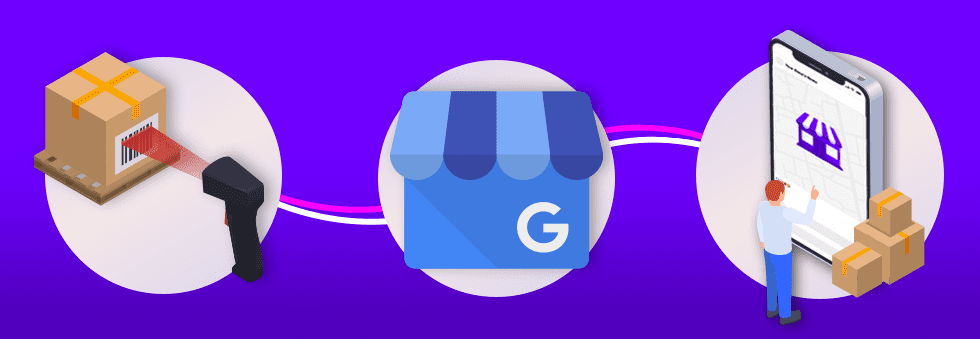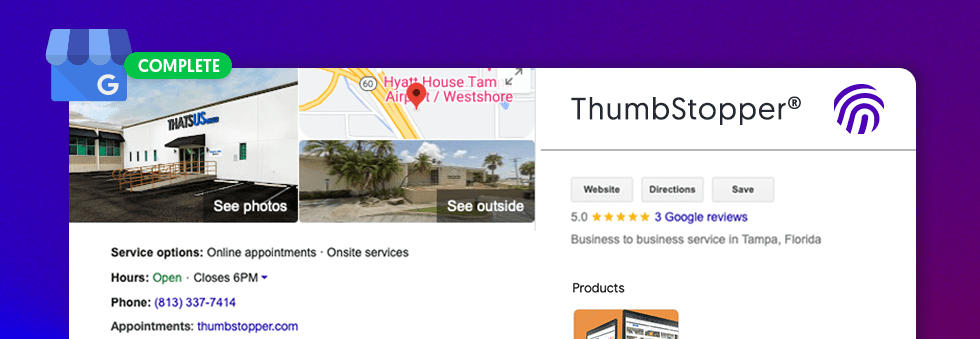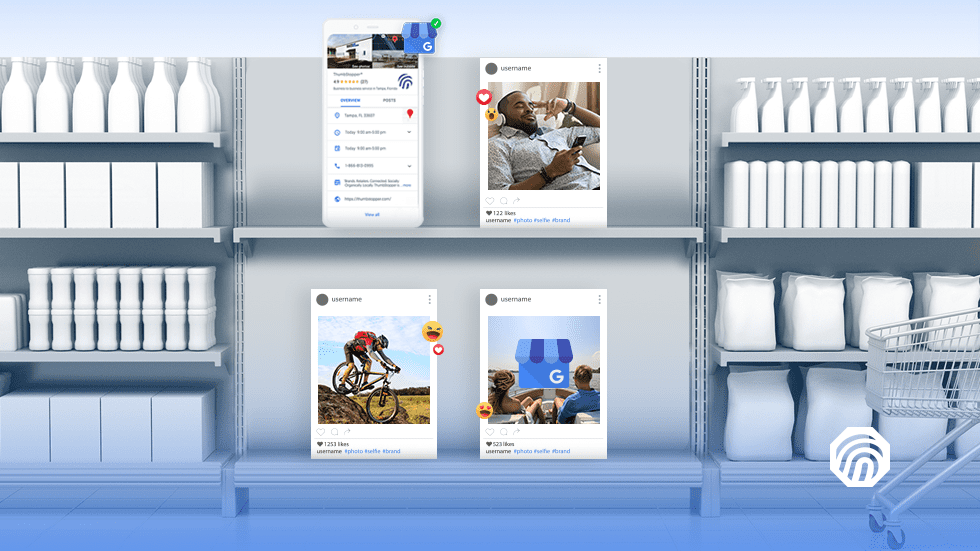The digital shelf is the online version of shopping in a brick-and-mortar store. Just as customers browse store aisles to learn about and compare products, the digital shelf replicates the shopping experience in a digital space. A lot goes into getting products to physical storefronts, and managing its digital counterpart is equally challenging and essential.
Online shopping usually starts with a search engine. Google is the most popular. Whether or not users know exactly what they’re looking for, Google shows results for related or similar products. Customers generally look for different information than they might have access to while shopping in person. Since they can’t see the product in person, they look to reviews, ratings, and product specs to address their questions.
Search engine algorithms assist in this process, suggesting search terms and prompting related topics until users find what they’re looking for. Of course, none of this information just appears on Google. Brands and e-commerce stores don’t just have to keep their product information and inventory updated but also organize their websites in a way that Google can read. Understanding how to comply with Google’s policies is crucial for success.
Search Engine Optimization
Search engine optimization (SEO) is the process of making a website better for search engines. An optimized website has a site structure that search engines can easily crawl and index, allowing them to determine which search terms correlate to the website’s content. There are many additional factors that contribute to SEO, such as improving individual page content or addressing international users. Best practices vary by industry and the website’s purpose; an e-commerce website and a medical practice wouldn’t measure their site’s success by the same metrics. Google’s SEO starter guide is a great resource to keep you up to date on how to remain compliant with Google.
SEO is a major component of owning the digital shelf. Users should be able to easily find and purchase your brand’s products online. When they hit roadblocks – such as inconsistent product info or a malfunctioning website – potential customers don’t spend time figuring out how to complete the purchase. They simply turn to other brands’ products. Making sure your website is optimized for search engines means guaranteeing your customers can find your products.

In addition to maintaining a well-functioning website, your brand can improve SEO through off-site efforts such as posting quality social content and assisting your distributors. Google indexes links on Facebook and a strong social presence can help you garner more impressions. And opting to use a where-to-buy plugin that directs customers to local retailers helps keep customers focused on your brand. Potential customers likely already have preferred local retailers, so showing them where they could pick up the product near them removes another barrier to purchase.
If your retailers also support online purchasing through their website then your brand gets the benefit of appearing on an additional digital shelf. If they don’t – or you simply want to increase your online presence in this area – Google offers other solutions to get more eyes on your products.
Google Pointy & Business Profile
Pointy is the bridge between in-store inventory and e-commerce. It primarily functions as a way for small retailers to get their products online without the expense of hiring a web developer. Pointy adds product information to Google and serves them as Google Shopping search results, making it easy for retailers to create paid advertisements from these product listings.

It ties in nicely with Google Business Profile (GBP). While GBP has some industry-specific options to showcase inventory, like menus for restaurants, it doesn’t support larger-scale inventory or shopping ads. GBP’s focus is on helping businesses give potential customers all the information they need to make informed decisions. Not only does it make a huge impact at the local level but GBP and a correlating Google Pointy account also create an additional digital shelf to showcase your products.
GBP also bolsters your SEO efforts. It’s the best way to tap into local search and reach a wider audience. Altogether, Google’s collection of free tools gives businesses the opportunity to own the digital shelf.
Own the Digital Shelf

Controlling the digital shelf all starts with a complete GBP and focused SEO efforts. Because GBP is optimized for local users, it’s most beneficial for retailers. Brands have a lot to gain from GBP too. Sending your social content to your retailer’s profiles is an ideal way to get more eyes on your products: the post/update section of a GBP is a key source of information for potential customers. But distributing content is a time-consuming task with a high failure rate. Even if they are responsive to your brand’s co-op marketing efforts, it’s unlikely to be the retailer’s top priority. After all, they have a business to run and their own marketing objectives to pursue.
ThumbStopper syndicates content to your retailer’s GBPs so that you don’t have to. It’s easy for you and easy for your retailers.
Find out how ThumbStopper can help your brand by booking a demo.




